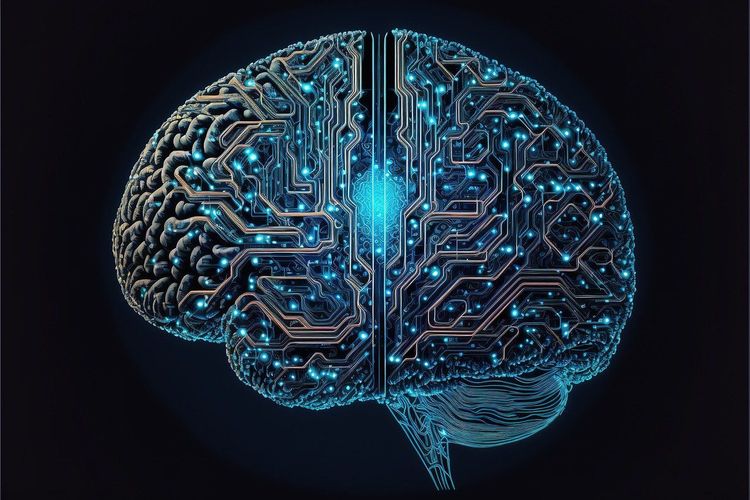Enhancing Realism in Computer Graphics Simulations with Machine Learning
Recent advancements in machine learning are transforming computer graphics (CG) simulations, significantly improving their realism. One innovative approach, known as Neural Flow Maps (NFM), enables precise simulations of complex phenomena, like swirling smoke. While traditional numerical algorithms have long defined CG physics simulations, the impressive visual effects generated by neural networks often fall short in accurately modeling physical properties.
NFM addresses prevalent challenges, such as simulating ink drops, as current neural network-based physics simulations mostly exist in proof-of-concept stages, with results not reaching state-of-the-art levels. Researchers from Dartmouth College, Georgia Institute of Technology, and Stanford University developed NFM to combine the strengths of neural networks with sophisticated physical models, achieving remarkable visual fidelity and physical accuracy. Their study was published in ACM Transactions on Graphics (TOG) and awarded Best Paper at SIGGRAPH Asia 2023.
What are Neural Flow Maps?
The core insight of NFM research is that leveraging AI for physical problem-solving requires moving beyond traditional frameworks like Smoothed Particle Hydrodynamics (SPH) or stable fluids. Existing methods are designed around conventional numerical approaches, making it challenging to apply new AI techniques, such as the compact representation of spatiotemporal signals seen in Neural Radiance Fields (NeRF).
Rather than adapting AI to fit existing models, the researchers advocate for developing new mathematical structures that enhance AI's capabilities. This co-design of physical models and AI capabilities led to the creation of a fluid simulator that surpasses previous benchmarks.
Components of NFM
NFM relies on an impulse-based fluid equation, linking the velocity field, flow maps, and their spatial derivatives through a transformation of the Euler equations. Achieving an accurate numerical solution for the flow map allows for precise reconstruction of the evolving velocity field.
To achieve this high precision, NFM employs a sophisticated bidirectional marching algorithm that offers 3 to 5 orders of magnitude more accuracy than conventional methods. However, this level of precision requires long-term storage of spatiotemporal velocity fields, complicating large-scale 3D simulations.
Storing even a single frame of a velocity field can be challenging, making the storage of multiple frames impractical. While the bidirectional marching algorithm provides exact solutions, it cannot be implemented using standard storage techniques.
Integrating Neural Networks
NFM effectively merges the need for a high-precision velocity field with implicit neural representation (INR) to compress spatiotemporal signals. Although traditional INR typically requires scene-specific training, NFM utilizes it as an intermediate variable, continuously updating it during simulations, which places higher performance demands on the INR.
To overcome this challenge, NFM introduces a novel high-performance INR called SSNF. It achieves faster convergence speeds, higher compression ratios, and superior storage precision compared to methods like Instant-NGP and KPlanes by automating the planning of spatially sparse storage states for each grid point, complemented by a time-processing strategy rooted in Lagrange polynomials.
Performance Highlights
Recent experimental results indicate that NFM, as an AI-based simulator, significantly outperforms contemporary methods, including bimocq, covector fluids, and MC+R. In 2D point vortex retention experiments, NFM reduced the average absolute error by a factor ranging from 14 to 308 compared to the other methods. In 3D leapfrogging vortex experiments, NFM showcased impressive energy conservation abilities.
This numerical superiority translates into better simulations of natural phenomena. Following physical laws, pairs of vortices in leapfrogging should never merge; NFM successfully maintained their separation after five leapfrogs, whereas traditional methods led to complete merging after just three leaps.
The study also highlights NFM's capability in producing complex visual effects through various case studies, including solid interactions, Rayleigh-Taylor instability, and vortex reconnection. Unlike existing AI super-resolution algorithms that enhance image detail, NFM fundamentally increases the dynamical detail of fluid simulations through physics-driven methods, greatly enhancing realism.







